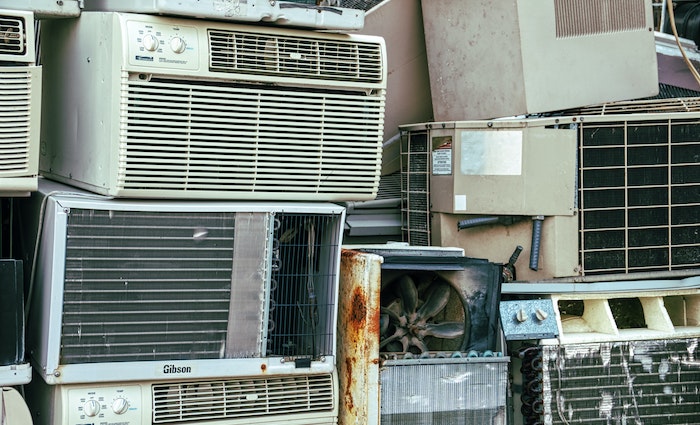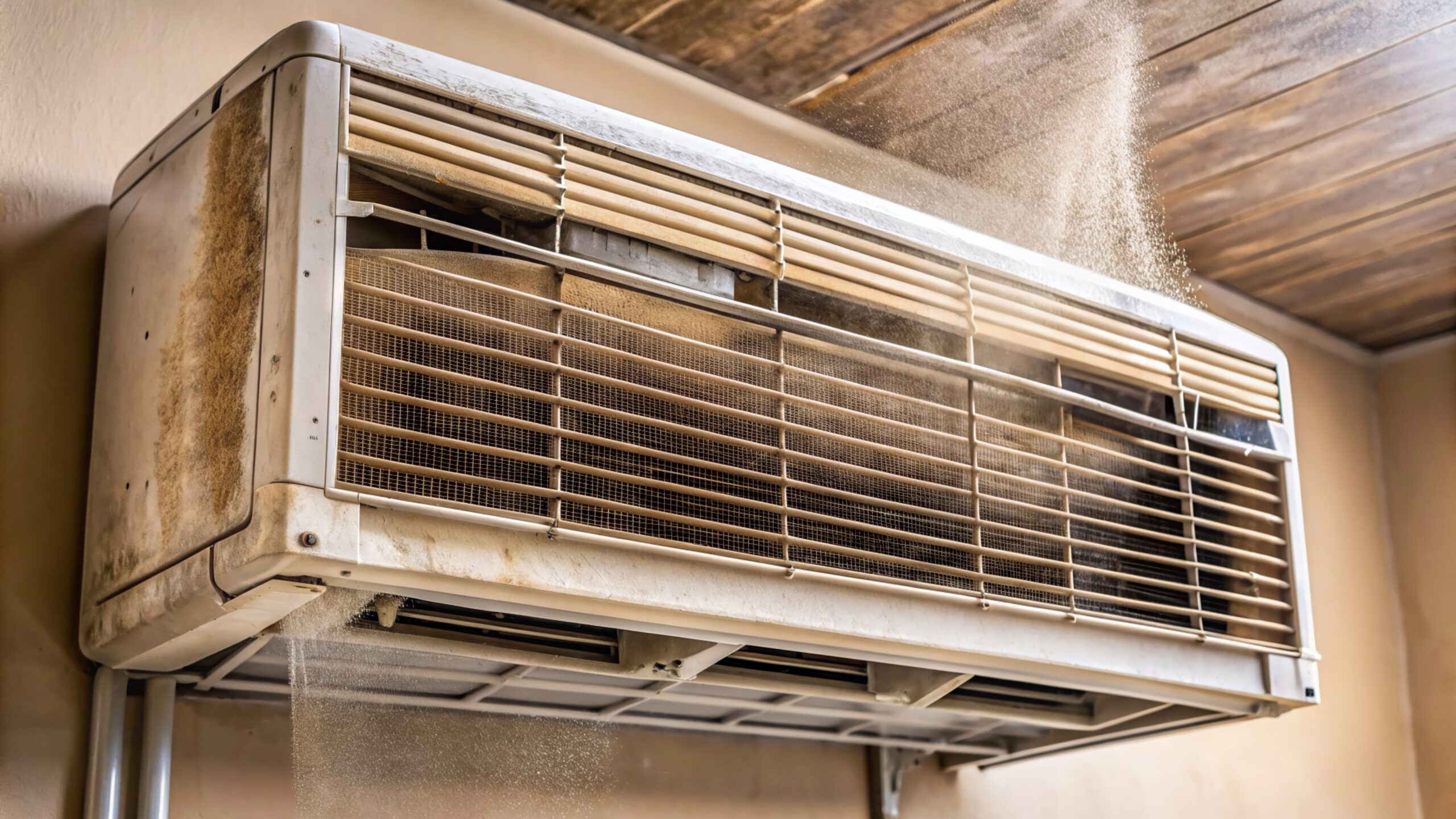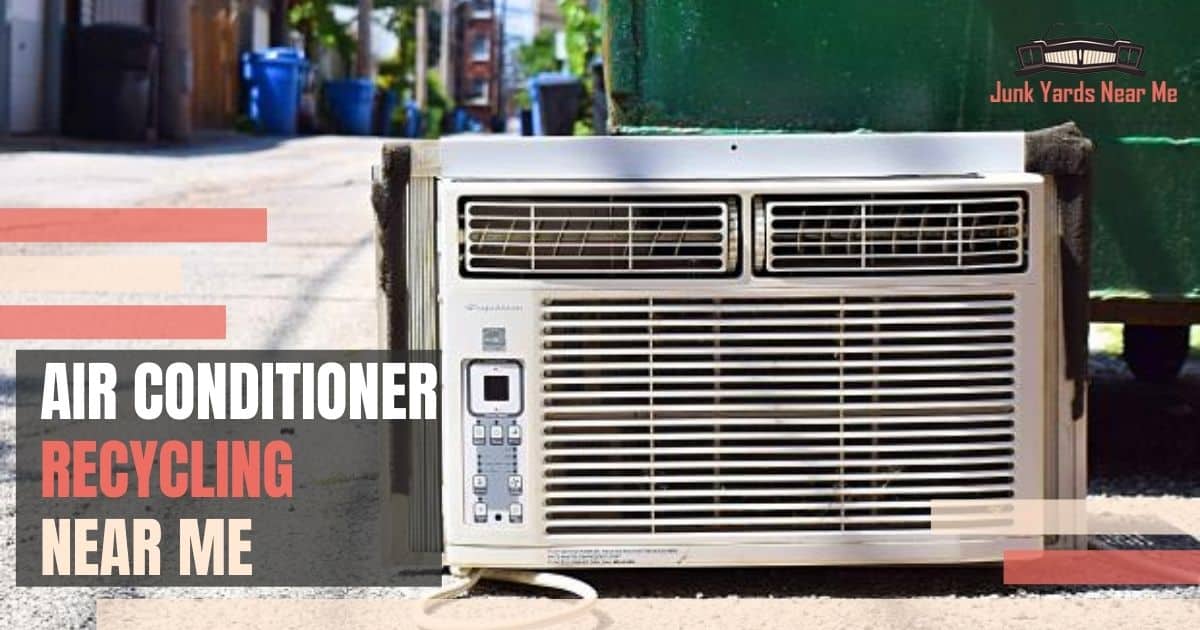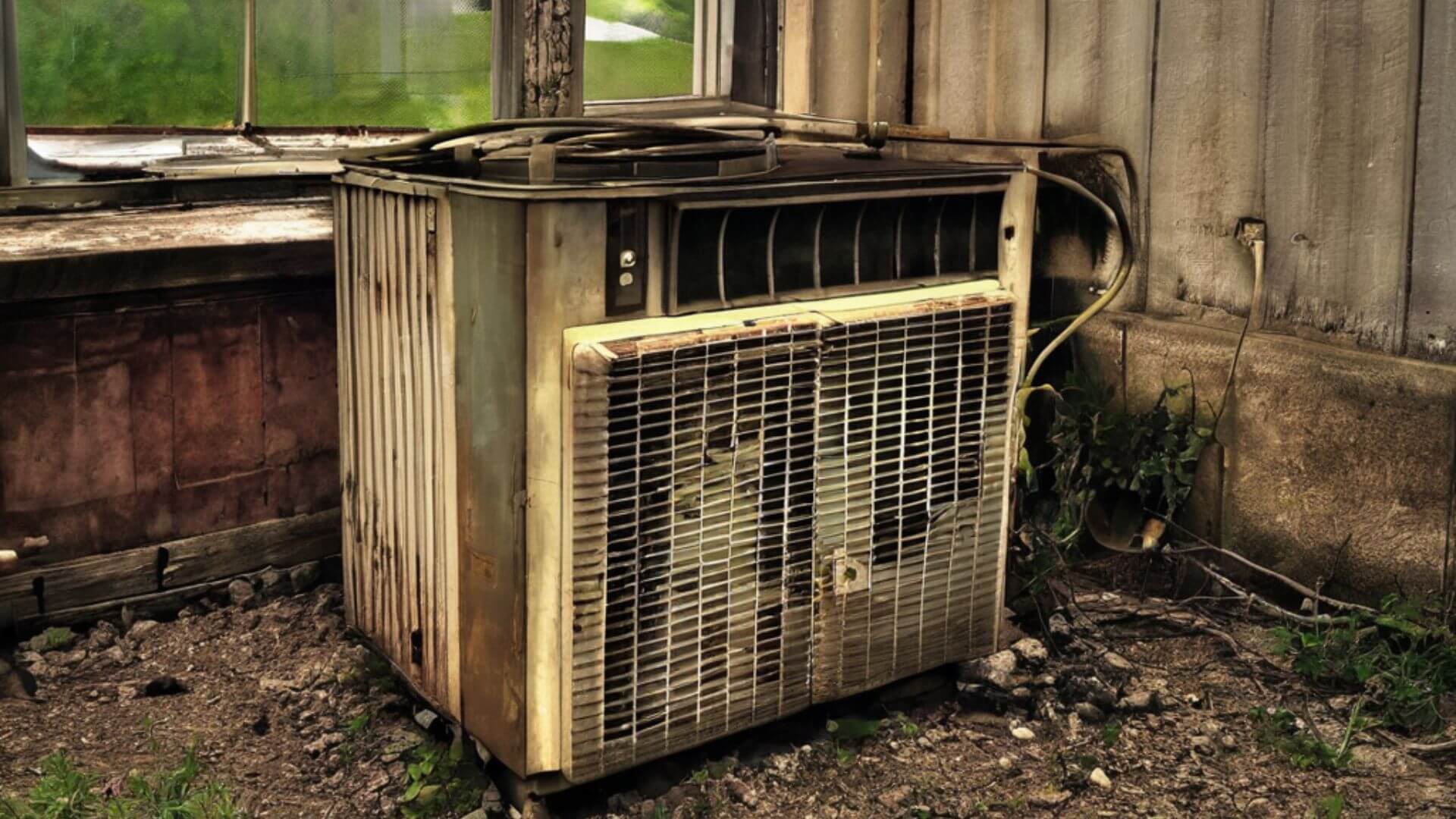Where To Get Rid Of Old Ac Units Near Me

Dealing with a broken appliance is never fun, especially when it's your air conditioner. But before you rush out to buy a new one, let's see if we can troubleshoot the issue and potentially save you some money. And even if the AC is beyond repair, knowing how to dispose of it responsibly is crucial. This guide covers both aspects, empowering you to take control of the situation.
Understanding Common AC Failures
Air conditioners, like any machine, can break down. Some common culprits include:
- The unit isn't turning on at all: This could be a power issue, a tripped breaker, or a problem with the thermostat.
- The AC blows warm air: Refrigerant leaks, compressor issues, or dirty filters are frequent causes.
- The unit cycles on and off frequently (short cycling): This can be due to a dirty filter, oversized AC unit, or refrigerant problems.
- The AC is making strange noises: Rattling, buzzing, or grinding sounds indicate potential mechanical problems.
- Water leaks: Clogged drain lines are a common reason for water leaks.
Troubleshooting Your AC: A Step-by-Step Guide
Before you begin, always disconnect the power to your AC unit at the breaker box. Safety first!
1. Check the Power Supply
This is the simplest and most overlooked step.
- Verify the power cord is securely plugged in. Sounds basic, but it happens!
- Check the breaker box. Look for a tripped breaker and reset it. If it trips again immediately, there's likely a more serious electrical problem – call a professional.
- Test the outlet. Plug another device into the outlet to ensure it's working. If the outlet is dead, contact an electrician.
2. Examine the Thermostat
The thermostat is the brain of your AC system. Make sure it's functioning correctly.
- Ensure the thermostat is set to "Cool" and the temperature is set lower than the current room temperature.
- Check the batteries. Low batteries can cause erratic thermostat behavior. Replace them if needed.
- Clean the thermostat. Dust and debris can interfere with its operation. Use a soft brush or a can of compressed air to gently clean it.
- Consult the thermostat's manual. Refer to the manual for troubleshooting specific error codes or settings.
3. Inspect and Clean the Air Filter
A dirty air filter is a major cause of AC problems. It restricts airflow, causing the unit to work harder and potentially overheat.
- Locate the air filter. This is usually located inside the indoor unit (for central AC) or behind a removable panel on window units.
- Remove the filter. Note the direction of airflow (usually indicated by an arrow on the filter frame).
- Clean or replace the filter. Washable filters can be cleaned with mild soap and water. Disposable filters should be replaced with a new one of the same size and type.
- Reinstall the filter, ensuring the airflow direction is correct.
- Aim to change your filter every 1-3 months
4. Clear the Outdoor Unit (Central AC)
The outdoor unit (condenser) needs adequate airflow to dissipate heat. Debris can block airflow and reduce efficiency.
- Visually inspect the unit. Look for leaves, grass clippings, branches, or other debris blocking the fins.
- Remove debris with a brush or garden hose. Be careful not to damage the delicate fins.
- Trim vegetation around the unit. Ensure there's at least 2-3 feet of clearance around the unit.
5. Clean the Condenser Coils (Central AC)
Dirty condenser coils reduce the AC's ability to release heat, making it work harder and less efficiently. Cleaning them can be a little more involved.
- Disconnect the power to the unit at the breaker box. Safety is paramount!
- Remove the access panel to expose the coils. You may need a screwdriver.
- Use a coil cleaner specifically designed for AC units. These are available at most hardware stores. Follow the instructions on the cleaner.
- Rinse the coils with a gentle stream of water. Avoid using a high-pressure washer, as this can damage the fins.
- Reinstall the access panel.
- Restore power to the unit.
6. Check the Drain Line
A clogged drain line can cause water leaks and prevent the AC from cooling properly.
- Locate the drain line. This is usually a PVC pipe that exits the indoor unit.
- Check for clogs. Look for standing water in the drain pan or dripping water.
- Clear the clog. You can try using a wet/dry vacuum to suck out the clog. Alternatively, you can use a stiff wire or a plumbing snake to break up the clog.
- Pour a cup of white vinegar into the drain line. This helps prevent future clogs.
When to Call a Professional
While these DIY steps can resolve many common AC problems, some issues require the expertise of a qualified HVAC technician. Call a professional if:
- You suspect a refrigerant leak. Refrigerant handling requires specialized equipment and training.
- The compressor is making unusual noises or not working. Compressor repairs are complex and expensive.
- You are uncomfortable working with electricity or gas. Never attempt repairs that you are not qualified to handle.
- The problem persists after attempting the DIY fixes. A professional diagnosis can pinpoint the root cause and prevent further damage.
- The unit is still under warranty. Attempting repairs yourself may void the warranty.
Where To Get Rid Of Old AC Units Near Me: Responsible Disposal
So, you've tried everything, and it's clear: your AC unit is done for. Don't just toss it in the trash! Air conditioners contain refrigerants and other materials that can be harmful to the environment. Responsible disposal is essential.
1. Understanding the Environmental Impact
Old AC units contain refrigerants like Freon, which are potent greenhouse gases that contribute to ozone depletion and climate change. Improper disposal can release these harmful substances into the atmosphere. Additionally, the metal components of AC units can be recycled, reducing the need for new resources.
2. Finding Recycling Programs Near You
The best option for disposing of an old AC unit is to recycle it. Here's how to find recycling programs in your area:
- Local Municipal Recycling Programs: Your city or county likely has a recycling program that accepts appliances. Check your local government's website or call your waste management department for information. Search online for "[your city/county] appliance recycling" to find specific programs.
- Appliance Retailers: Many appliance retailers, especially those that sell AC units, offer recycling programs for old appliances. They may even offer a discount on a new unit if you recycle your old one with them. Check with stores like Home Depot, Lowe's, Best Buy, and local appliance stores. Ask about their "appliance take-back" or "recycling" programs.
- Scrap Metal Recyclers: Scrap metal recyclers accept appliances and pay you for the metal content. Search online for "scrap metal recyclers near me" to find local options. Make sure they are reputable and licensed to handle refrigerants properly.
- HVAC Contractors: Some HVAC contractors offer appliance disposal services. They may charge a fee, but they will ensure the refrigerant is recovered and the unit is recycled responsibly. Contact local HVAC companies and ask if they offer disposal services.
- Earth911: Earth911 is a website that provides information on recycling and disposal options for various materials. Visit their website (earth911.com) and enter "air conditioner" and your zip code to find nearby recycling locations.
- Responsible Appliance Disposal (RAD) Program: The EPA has a voluntary partnership program, RAD, that helps utilities, retailers, and other organizations recycle appliances properly. Check the EPA's website for more information and participating organizations in your area.
3. Preparing Your AC Unit for Recycling
Before taking your AC unit to a recycling facility, follow these steps:
- Disconnect the power cord and any water lines.
- Remove any personal items or attachments.
- Clean the unit as much as possible. This will make it easier for the recycling facility to handle.
- Transport the unit safely. Secure it in your vehicle to prevent it from shifting during transport.
4. Things to Consider When Choosing a Recycling Option
- Cost: Some recycling programs may charge a fee, while others may offer a rebate. Compare the costs of different options.
- Convenience: Consider the location and hours of operation of the recycling facility. Choose an option that is convenient for you.
- Reputation: Make sure the recycling facility is reputable and licensed to handle refrigerants properly. Look for certifications or affiliations with environmental organizations.
- Environmental Impact: Choose a recycling option that prioritizes responsible disposal and refrigerant recovery.
Important Note: It is illegal to intentionally release refrigerants into the atmosphere. Violators may face fines and penalties. Always use a qualified technician to remove refrigerant from an AC unit.
Conclusion: You've Got This!
Troubleshooting a broken AC unit can feel daunting, but by following these steps, you can often diagnose and fix common problems yourself. And when it's time to say goodbye to your old AC, you now have the knowledge to dispose of it responsibly, protecting our environment. Remember, when in doubt, call a professional. Your comfort and safety are always the top priority!










